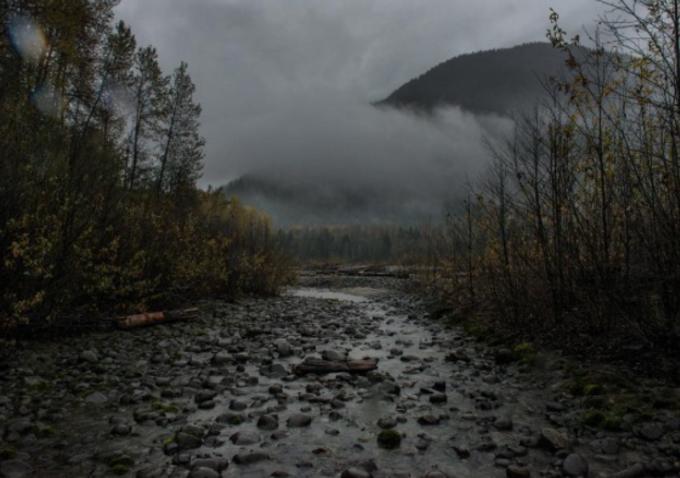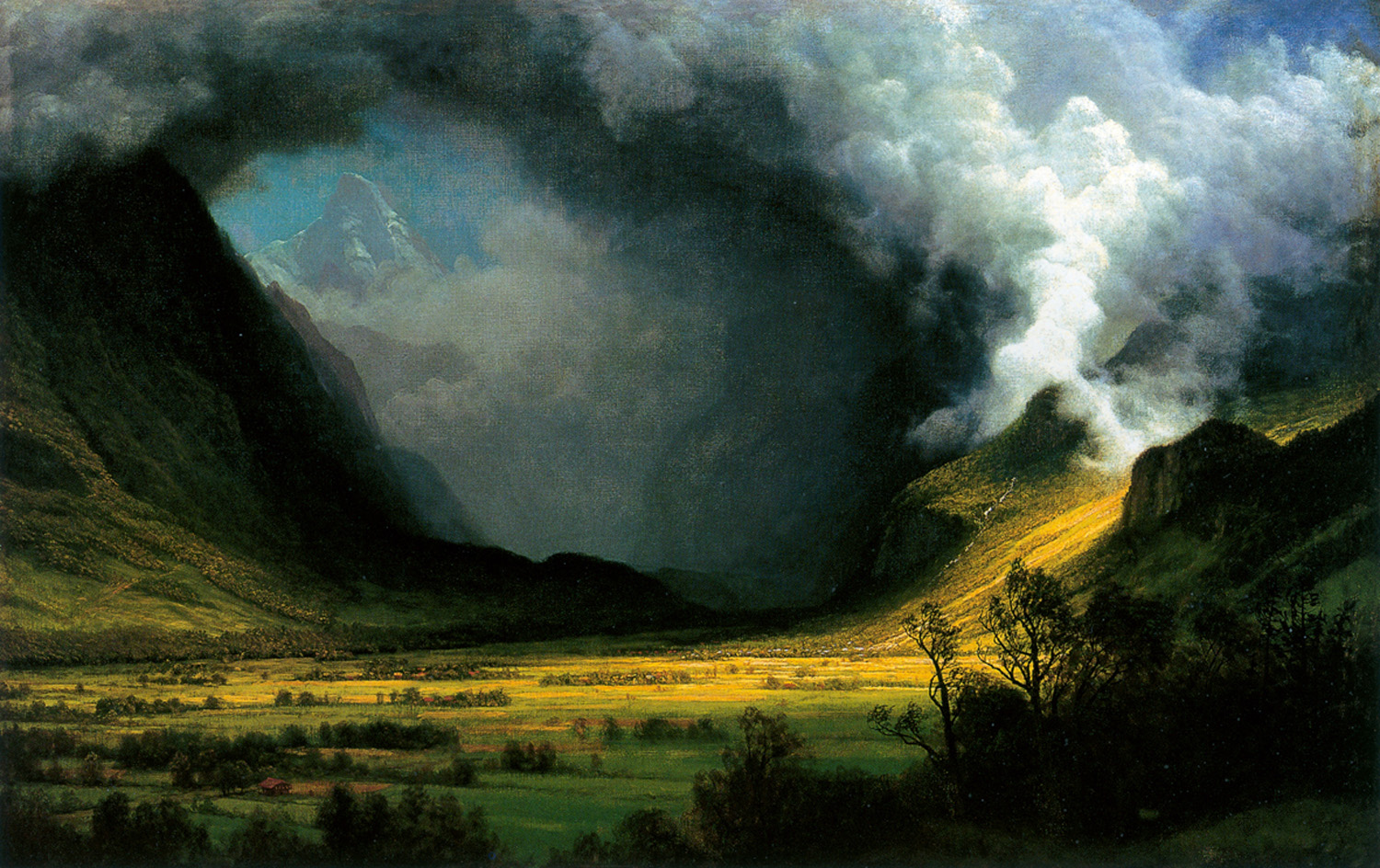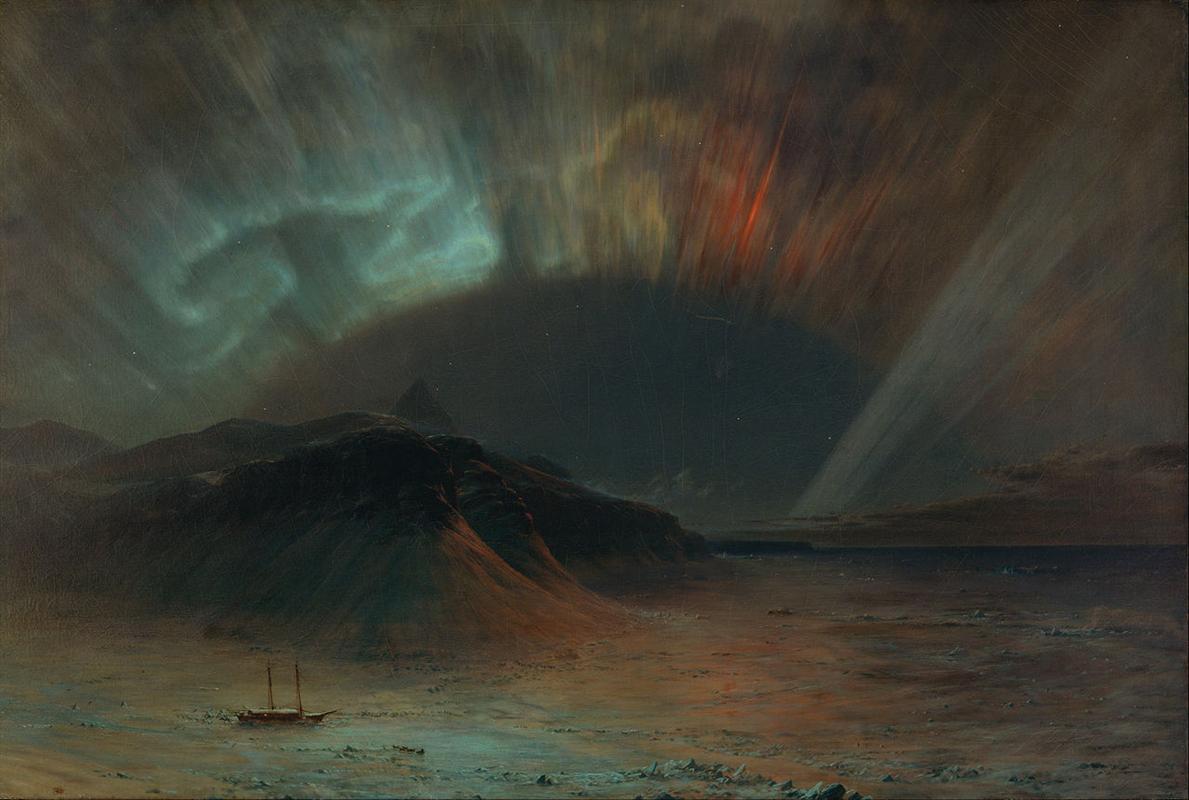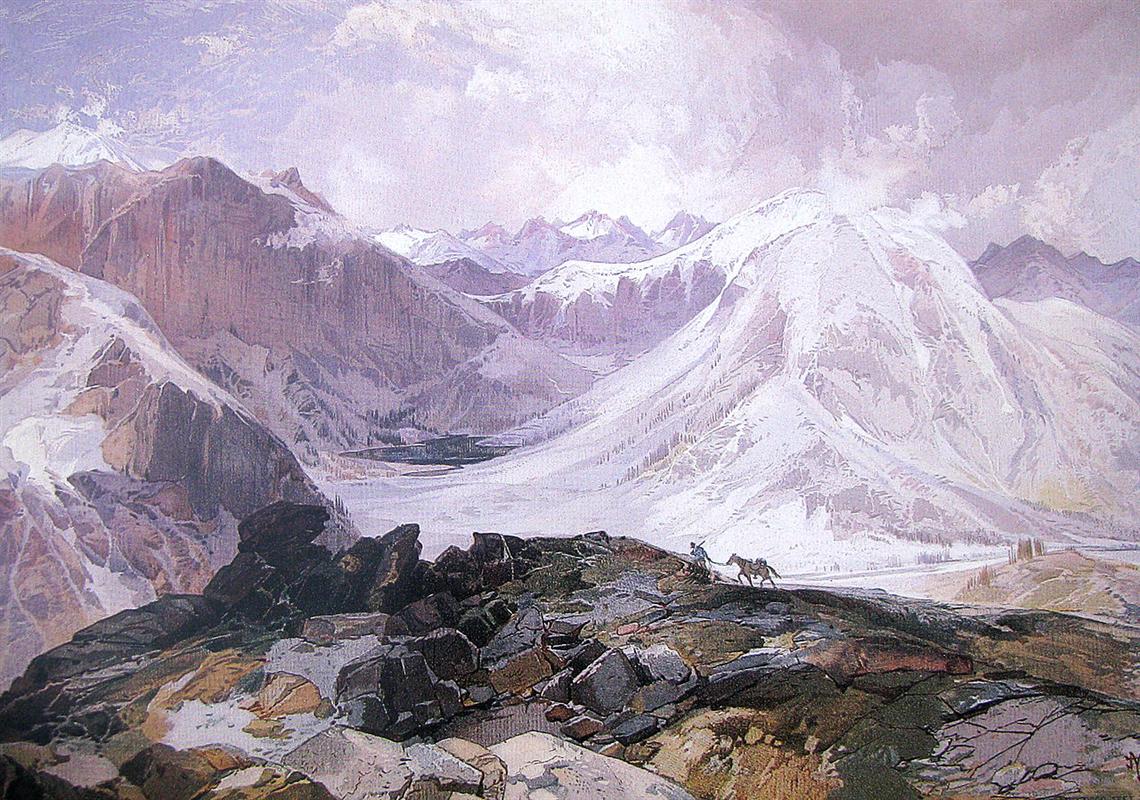I’m deeply far behind on my Oscar movie-watching this year. In fact, I’ve only seen two of the eight Best Picture nominees (Brooklyn and The Revenant) and besides those, in the marquee categories, only The Danish Girl.
I’ve thought for weeks about how I wanted to write a post on the way that the two main characters talk about art in The Danish Girl. They seem to reify over and over again a connection between making art and making oneself that parallels Einar’s transformation into Lily. But as time as passed, my memories of that movie have become less sharp, and so I’ll talk instead about the movie I cannot quite shake: The Revenant.
The trailers for The Revenant (and… knowledge of the bear) almost put me off the movie before I could see it. They made it look like a feverish nightmare, the kind of magical realism that’s hard to cope with in a visual medium. I knew something of the technical feats Iñárritu attempted in using natural light and that the actors suffered under intense physical conditions; I knew from Leonardo DiCaprio’s Golden Globe acceptance speech that the way Native Americans are addressed in the film might set it apart from previous treatments of similar themes. All the previews I saw made the movie seem like it was geared toward a particular audience—male, survivalist, sadistic—to which I do not belong.
So I was surprised to find that the The Revenant functions as a pretty traditional Western, dealing with man-versus-nature themes, racial issues, and revenge quests that would resonate with movie and television westerns from earlier times. A main contribution of this new treatment may be, however, that it updates these themes for a new era without sacrificing the historical. Though there are still aspects of cringeworthy appropriation in the way Native Americans are viewed, they are also portrayed more deliberately as complicated people with quests that parallel (and further complicate) those of the white settlers.
And then there is the scenery, which functions like a highlight reel of all the greatest nineteenth-century paintings and photographs that communicated a vision of the American West to New York and Washington, D.C. In that era, western imagery did two things: 1) justify the now very troublesome doctrine of Manifest Destiny, or the belief that the United States had a divine right to expand to the West Coast, and 2) emphasize that man’s powers paled in the face of nature’s unpredictable vastness and cruelty. Iñárritu’s vistas reignite these concepts for the twenty-first century. Because he uses the landscapes to ground a human story, they have new implications for viewers who may never have seen the paintings they resemble.
In this first pair, mountains and trees frame an opening in the center field--but that opening is then obscured by fog and clouds, suggesting fear and the unknown to one contemplating moving forward.
The second pair structurally resembles the first with the open foreground and the framing by mountains and trees. The water in both images provides a different kind of expanse, less solid and dependable than land, yet fear is replaced by majesty here. The colors of the sky, set against the darkness, indicate that man may also be dwarfed by nature's beauty.
And in this third pair, the structure, fear, and majesty of the first two pairs reoccur, yet the weather here adds a different kind of threat to the mix. In the foreground of each of these images, a man stands against the whiteness of the snowscape. Though, practically, this figure shows scale, he also emphasizes the intent to continue working within and fighting against the forces of nature.






